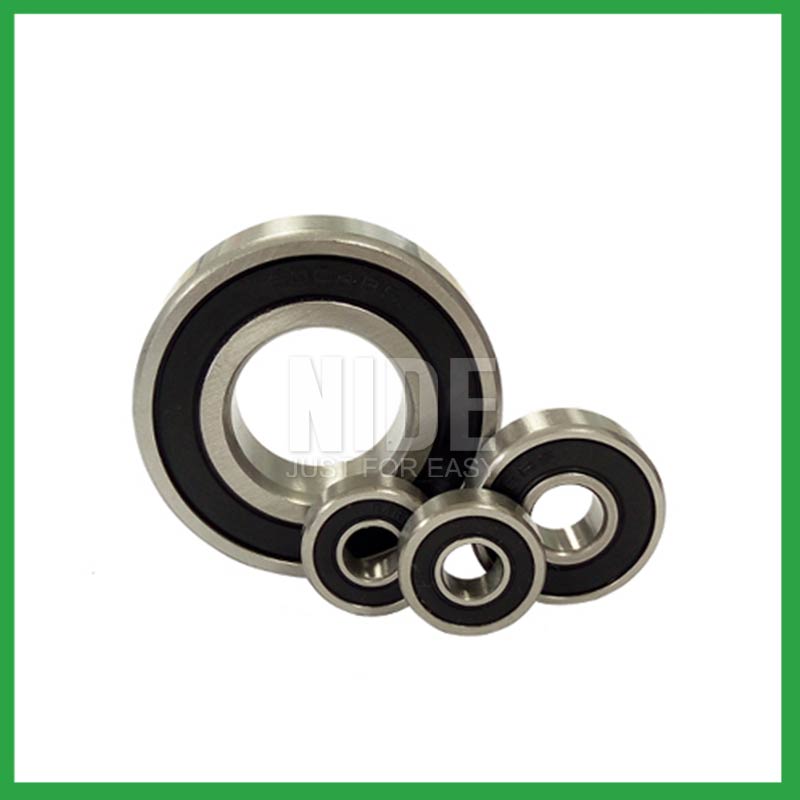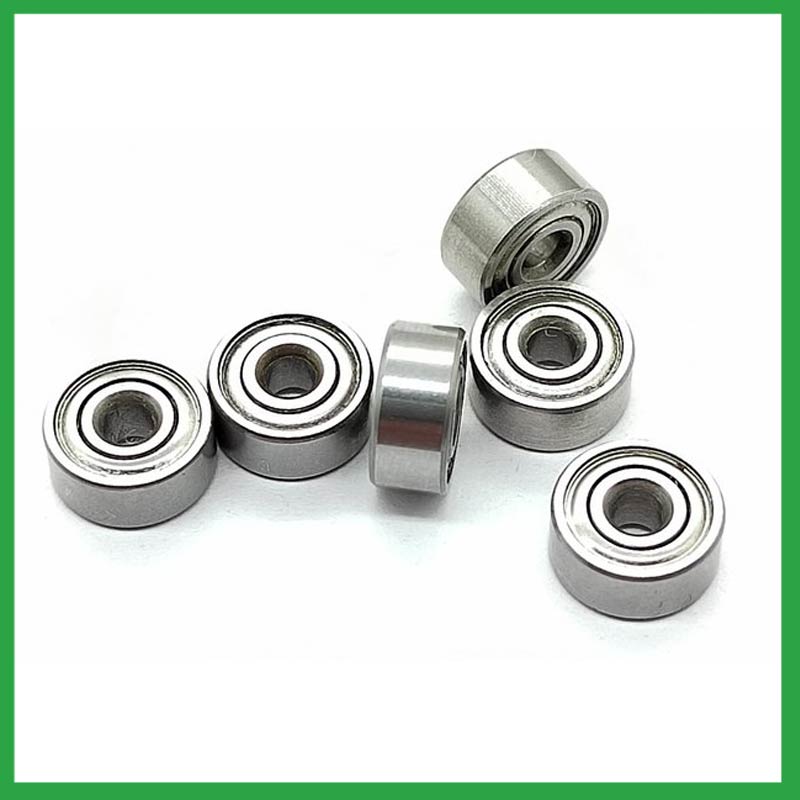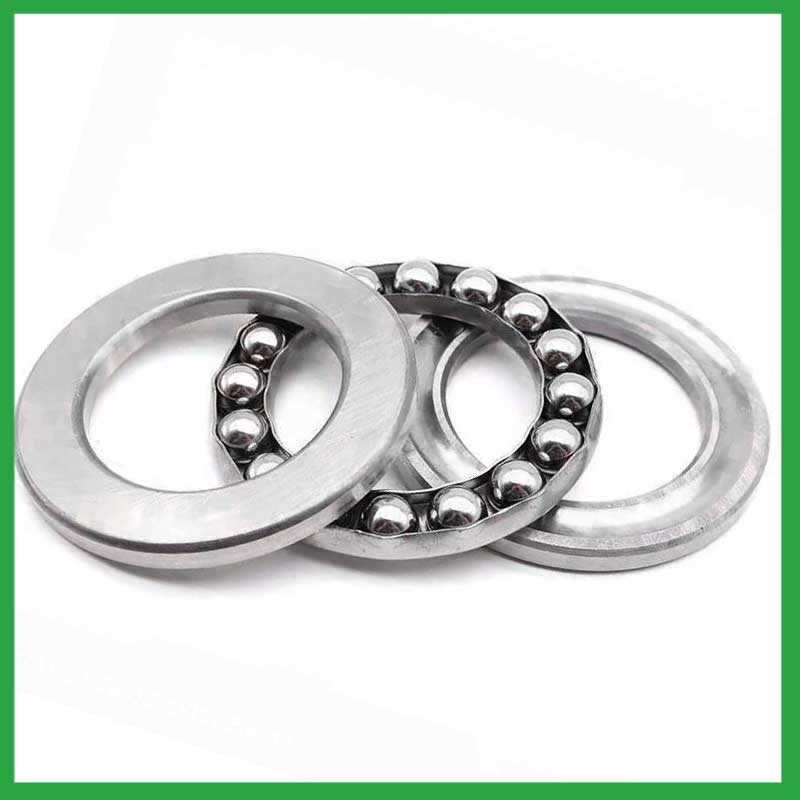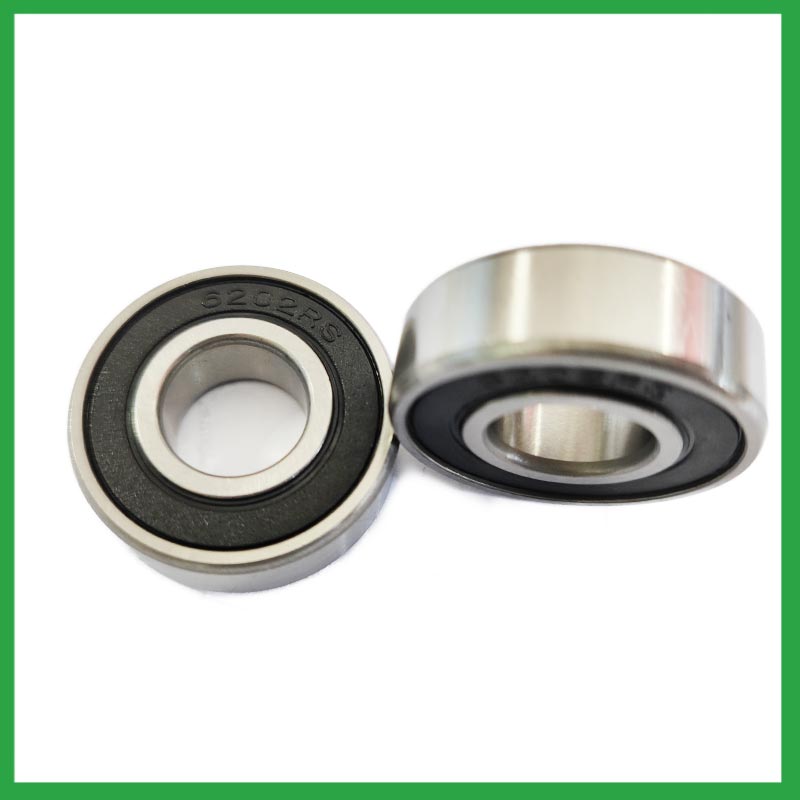PRODUCTS
CONTACT US
Ningbo Nide International Co., Ltd.
一一
· Contact person:Jack Zeng
· Mob/Whatspp/WeChat:0086-13738869026
· Email:emarketing@nide-group.com;marketing4@nide-group.com
· Add:No. 169, Wohushan Road, Daqi Subdistrict, Beilun District, Ningbo, China

Nide team could manufacture ball bearing as per customer’s drawing and samples.
If customer only has samples, we could also design drawing fo r our customer.
We also provide customized service.
Our ball bearing is widely applied the different industrials.
Haishu Nide International was established in 2010, specializing in the development of precision customized bearings and sales of branded bearings. Provide overall bearing solutions for all customers and assist them in product development. In addition to providing various bearings that comply with international standards and specifications, we also provide services for motor manufacturing technology consultants, project support, and turnkey projects. The company's main products include: shaft,ball bearing,carbon brush,thermal protector,commutator,magnet, etc.
In addition, we provide non-standard bearings according to customer needs and are committed to providing the widest range of services.Our main application areas are electric bicycle motor,water pump motor,compress motor,servo motor,single and three phase induction motor,air condition motor,fan motor and other industries.Reliability, responsibility and quick reaction help Nide to win the worldwide customers’ confidence seccesively, so far Nide has supplied products to its customers more than 50 countries.

| Parameter | Information |
| Product Name | bearing and ball joint press |
| Place of Origin | Ningbo,China |
| Brand Name | Nide |
| Material | ceramics, etc. |
| Type | Ball |
| Warranty | 3months-1year |
| Port | Ningbo/Shanghai |
| Application | textile machinery, etc. |
| Size(mm) | customize |
| Color | gray+customized |
| Precision Rating | as per customer's requirement |
| Certification | ISO 9001 Certification,CE-insulation paper inserting machine,CE-stator coil winding machine,etc |
| Feature | High precision,High speed...etc |
| Packaging Details | Suitable for sea transportation |
| Service | one-stop service |
| Model Number | ball bearing |
| Supply Ability | 100000-500000 Piece/Pieces per Month |
| Lead time (days) | 15-20 (To be negotiated) |
Please note: The above table data is for reference only. For specific information, please contact us.
bearing and ball joint press have the advantages of low friction coefficient,compactness,lightweight,high efficiency, and high load, and are used in main motion mechanisms and components, such as resistors,automotive drive components,tires,motors, different motion mechanisms and accessories of airplanes and motorcycles.
During the disassembly process, the outer shell should be kept intact to avoid unnecessary damage;
When replacing installation components, attention should be paid to the accuracy of the support components to prevent deformation;
During the disassembly process, attention should be paid to protecting the surface quality of the ball bearing to ensure its performance;
During the operation, attention should be paid to removing surface dust to ensure the quality of the ball bearing.
Ball bearings have many advantages, making them highly competitive in the market.
Firstly, they are very durable and have good wear performance, making their service life longer than many other types of bearings.
Secondly, they are easy to install and can provide low friction performance in various applications.
Thirdly, they require a relatively low level of maintenance, making them cost-effective.
In addition, compared to many other types of bearings, their purchase cost is relatively low, making them an economical choice.




bearing and ball joint press---FAQs Guide
2.Can bearing and ball joint press operate in high-temperature environments like industrial ovens or furnaces, and how are they protected from heat-related damage?
3.As a bearing and ball joint press manufacturer,How Can We Guarantee Quality?
4.Are there bearing and ball joint press designed for extreme temperature environments, such as cryogenic or furnace applications?
5.Do bearing and ball joint press come in various tolerance classes?
6.Can bearing and ball joint press be used in vacuum or cleanroom environments, and what measures are taken to prevent outgassing or contamination?
7.Are there ceramic bearing and ball joint press designed for specific applications requiring high-temperature or corrosion resistance?
8.What is the significance of bearing and ball joint press lubrication, and how does it affect bearing lifespan and performance?
9.About bearing and ball joint press,Will you check the products before shipment?
10.Can bearing and ball joint press be used in both vertical and horizontal orientations?
11.What is the load distribution within a bearing and ball joint press, and how does it vary between different bearing configurations?
1.Can bearing and ball joint press be customized with special coatings or treatments to meet specific industry standards or regulatory requirements?
Yes, bearing and ball joint press can be customized with special coatings or treatments to meet specific industry standards or regulatory requirements.
1. Corrosion-resistant coatings: These coatings are used to protect the bearings from corrosion caused by exposure to moisture, chemicals, and other corrosive substances.
2. High-temperature coatings: These coatings are used to improve the thermal stability and performance of bearings in high-temperature environments.
3. Food-grade coatings: These coatings are specially designed for applications in the food and beverage industry, where bearings come into contact with food, beverage, or pharmaceutical products.
4. Anti-static and non-conductive coatings: These coatings are used to dissipate static electricity, which can cause damage to electronic components.
5. Specialized lubrication treatments: Bearings can be treated with specialized lubricants that meet specific industry standards or regulatory requirements.
2.Can bearing and ball joint press operate in high-temperature environments like industrial ovens or furnaces, and how are they protected from heat-related damage?
bearing and ball joint press are capable of working at temperatures up to +842°F (+450 °C). Special lubricants, seals and coatings make this possible by protecting the ball bearings from heat damage.
3.As a bearing and ball joint press manufacturer,How Can We Guarantee Quality?
Always a Pre-production Sample Before Mass Production;Always Final Inspection Before Shipment.

4.Are there bearing and ball joint press designed for extreme temperature environments, such as cryogenic or furnace applications?
High temperature bearing and ball joint press use specialized lubricants to stand up to high temperatures. Grease-packed bearings are pre-filled with fluorine grease for high temperatures, while YS and SJ bearings use molybdenum disulfide (MoS2) solid lubricant to withstand temperatures up to 350°C and 400°C respectively.
5.Do bearing and ball joint press come in various tolerance classes?
Bearing tolerances are standardized by classifying bearings into the following six classes (accuracy in tolerances becomes higher in the order described): 0, 6X, 6, 5, 4 and 2.
6.Can bearing and ball joint press be used in vacuum or cleanroom environments, and what measures are taken to prevent outgassing or contamination?
Bearings specify stainless steel for vacuum or cleanroom applications as stainless steels used for the rings, balls and retainer exhibit low outgassing. They usually supply open or shielded stainless steel bearings as vacuum bearings as these will outgas less than a nitrile rubber sealed bearing.

7.Are there ceramic bearing and ball joint press designed for specific applications requiring high-temperature or corrosion resistance?
Ceramic bearing and ball joint press are a special type of bearing made of ceramic materials, offering superior wear resistance, corrosion resistance, and high-temperature performance. They provide excellent performance in applications requiring high speeds, high temperatures, and resistance to corrosion.
8.What is the significance of bearing and ball joint press lubrication, and how does it affect bearing lifespan and performance?
Bearing lubrication is vital for preserving the performance and lifespan of rolling element bearings. Lubrication helps separate moving parts relative to one another, such as rollers and raceways or balls, to prevent wear and tear and friction.
9.About bearing and ball joint press,Will you check the products before shipment?
Yes, We have a professional QC team. Products will be strictly inspection before shipment.

10.Can bearing and ball joint press be used in both vertical and horizontal orientations?
Sleeve Bearings: Sleeve bearings, also known as plain bearings, employ a simple yet effective mechanism. A cylindrical sleeve separates the rotating shaft from the stationary portion of the bearing, reducing friction and enabling smooth rotation. Sleeve bearings are characterized by their quiet operation, cost-effectiveness, and suitability for horizontal mounting orientations.
Ball Bearings: Ball bearings introduce small metal balls between the moving parts, providing enhanced durability and reduced friction. This design allows for smoother and more efficient rotation, making ball bearings well-suited for high-performance applications and vertical installations.
11.What is the load distribution within a bearing and ball joint press, and how does it vary between different bearing configurations?
The load distribution between the rolling elements and raceway is crucial in performance evaluation of rolling element bearings. Determine the load distribution by measuring the strain response at the bearing surface with a notched housing. Finite element analysis shows that the introduction of notches does not affect the load distribution. An experimental system was developed to investigate the load distribution in a cylindrical roller bearing. The experimental static load distribution agrees well with the theoretical calculation. The dynamic load at specific position of load zone reflects the manufacture difference among rollers and dynamic balance of distributing loads.

